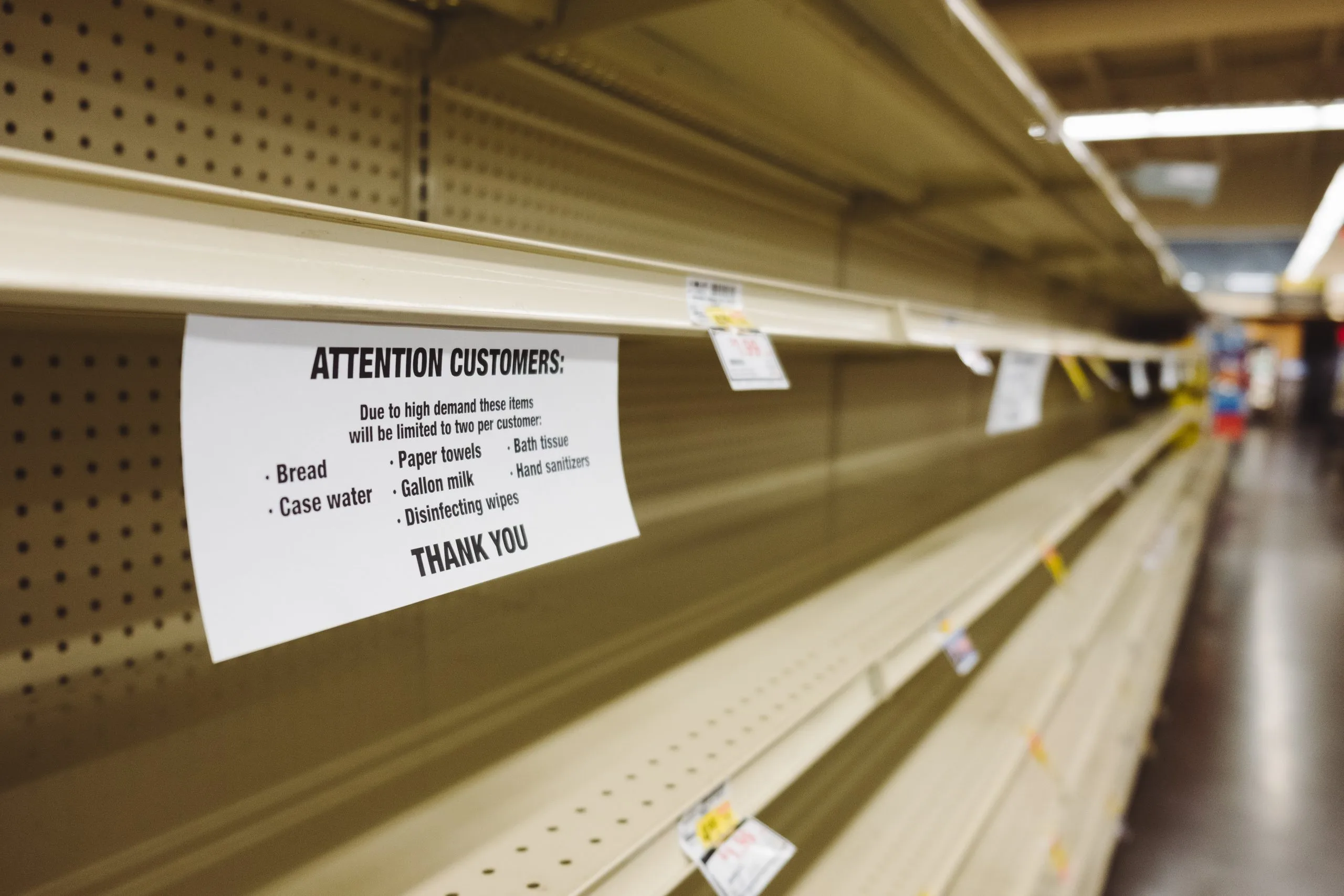
Effective stock management is crucial for businesses, as any errors can have significant financial consequences. Stockpiling unsold products will affect your cash flow negatively. Calculating your average stock value is important to optimise your inventory and ensure a healthy stock value.
But how do you calculate the average stock, and why is it important? In this blog, we will provide you with two calculation methods to determine the average stock for your online store, and to help you improve your inventory management.
Calculate the average stock to gain insight into your inventory
To determine the appropriate amount of stock, it is necessary to balance supply and demand continually.
Your stock value signifies the value of your entire inventory at a particular moment. This value increases when you purchase products and decreases when you sell these products. A healthy revenue and inventory value relationship indicates whether your company applies efficient inventory management. If you have too much cash tied up in your stock, it will hurt your cash flow. To avoid this, it is important to calculate the average stock value and compare it with your revenue. Suppose you assume a period of three months, then you calculate the average stock using the following formula:
Average Stock Value = (Month 1 + Month 2 + Month 3) / 3
For instance, if the stock value of your webshop was €120,000 at the end of January, €100,000 at the end of February, and €140,000 at the end of March, the average stock value in that period was €120,000 + €100,000 + €140,000 / 3 = €120,000.
Reduce inventory holding costs for a healthy stock value
Additionally, a healthy stock value is determined by your inventory holding costs. Inventory holding costs refer to the costs you incur to store goods for a certain period. These include:
- Interest (cost of capital),
- Space (rent, transport and handling),
- Risk (ageing, theft, insurance and safety).
Finding the right balance between product availability and stock value can be challenging. In other words, how many extra products do I stock? If you stock too many products, inventory holding costs can be high, reducing profit.
Calculate your optimal stock value with these formulas
By making smart calculations and analyses, you can determine your purchasing strategy accordingly and reduce inventory holding costs to achieve a healthy stock value. Below are two useful formulas and tips to improve your inventory management strategy.
Formula 1: Calculate the inventory turnover rate
An essential part of a healthy stock value is an acceptable inventory turnover rate. By calculating the turnover rate, you gain more insight into how long your items are stored before you sell them. You calculate this using the following formula:
Inventory Turnover Rate = Revenue at Sales Prices / Average Stock at Sales Prices
Suppose your revenue for one year is €120,000, and the average stock (at sales prices, rather than cost of goods sold for comparability) is €60,000. In that case, your turnover rate is 2 (120,000/60,000 = 2).
The higher the number, the shorter the products are stored, resulting in the investment in products released to provide more liquidity.
Please note: different product prices naturally lead to different turnover rates. For example, luxury items naturally sell slower than lower-priced products. Therefore, it's more useful to compare your turnover rate to your own historical trend data rather than to another company that sells items at a different price point.
You can also apply this formula at a product level, which is valuable if you have a mix of high-volume/low-value items and low-volume/high-value luxury items that may average out in the overall rate calculation.
Tip: clean up your obsolete stock
If your turnover rate is lower than expected, obsolete stock may be the culprit. Obsolete stock negatively affects your interest and cash flow and occupies valuable space. Consider how you can better market these products.
By breathing new life into products from a marketing point of view, you may still sell these products. If this is not possible or there is no budget, consider bundling them with other products or offering them for free when subscribing to your newsletter or as a gift for loyal customers.
Formula 2. Calculate the optimal order quantity
The optimal order quantity formula helps you determine the ideal order size for a particular product to balance purchasing costs and inventory holding costs. Camp's formula is a classic mathematical calculation that can help with this. To make the calculation, you need the following values:
- Optimal order quantity (Q),
- Product annual demand (D),
- Order costs (F),
- Stock cost as a percentage of the price (h),
- Product price (P).
The formula is:

For example, if the annual demand for your product is €15.000 (D), the associated order costs are €65 (F), the inventory holding cost as a percentage of the price is 2% (h), and the product price is €2.50 (P), then the optimal order quantity (Q) is 624.
Note that Camp's formula may be incomplete or unusable in certain situations, such as when order costs differ, the cost of holding inventory varies, or when you sell seasonal products or cannot collect your data.
Tip: avoid minimum order quantities
Minimum order quantities can increase inventory holding costs at your end, and you may end up with products that you cannot sell easily or sell at all. Try to negotiate the minimum order quantities with your supplier. If necessary, agree on a slightly higher price to save money in the long run, or purchase the articles with a friendly competitor and split them between yourselves.
Use data-driven forecasting to ensure healthy inventory
Managing your inventory can be a daunting task, but it is crucial for the success of your business. You can streamline your inventory management and save costs by calculating your turnover rate and optimal order quantity and avoiding minimum order quantities.
Additionally, consider cleaning up your obsolete stock and using data-driven forecasting to achieve high service levels. With the help of inventory optimisation software like Optiply, you can automate the process and make informed decisions based on accurate data.
By implementing these strategies, you can maintain healthy inventory levels and ensure customer satisfaction while increasing your bottom line.
Veelgestelde vragen beantwoord
Heb je nog vragen over Optiply? We hebben de meest gestelde vragen voor je op een rij gezet.










.webp)


.webp)